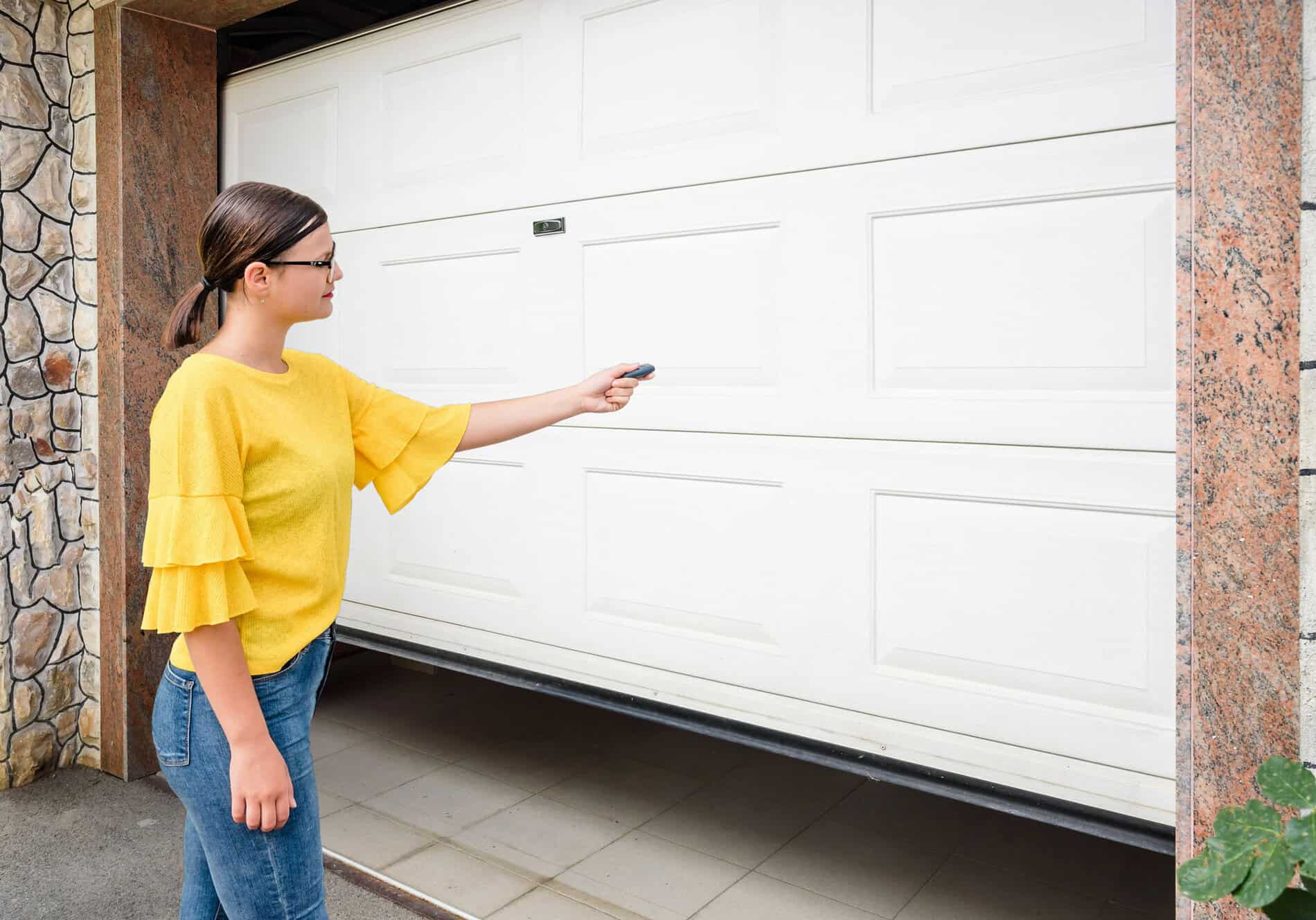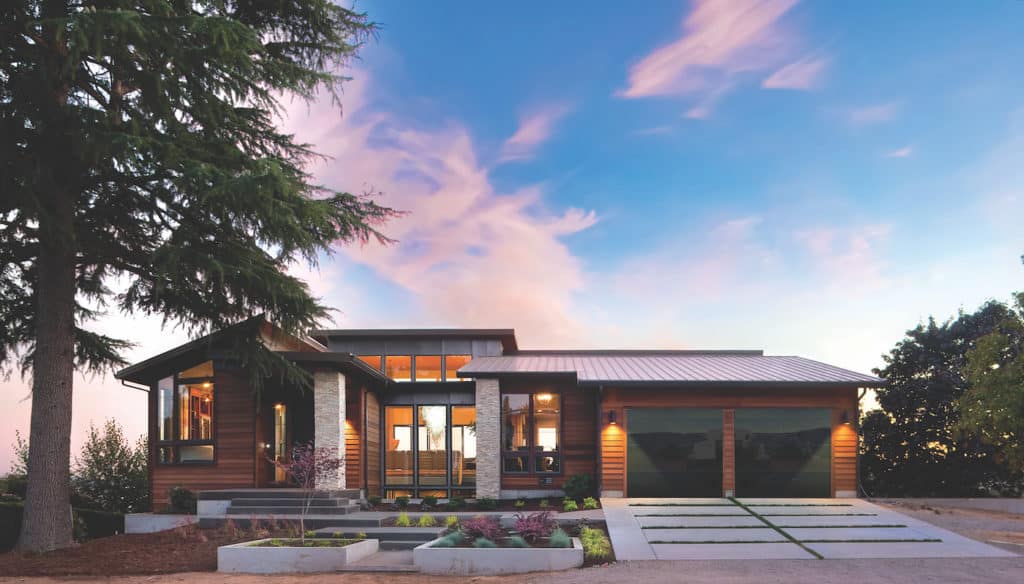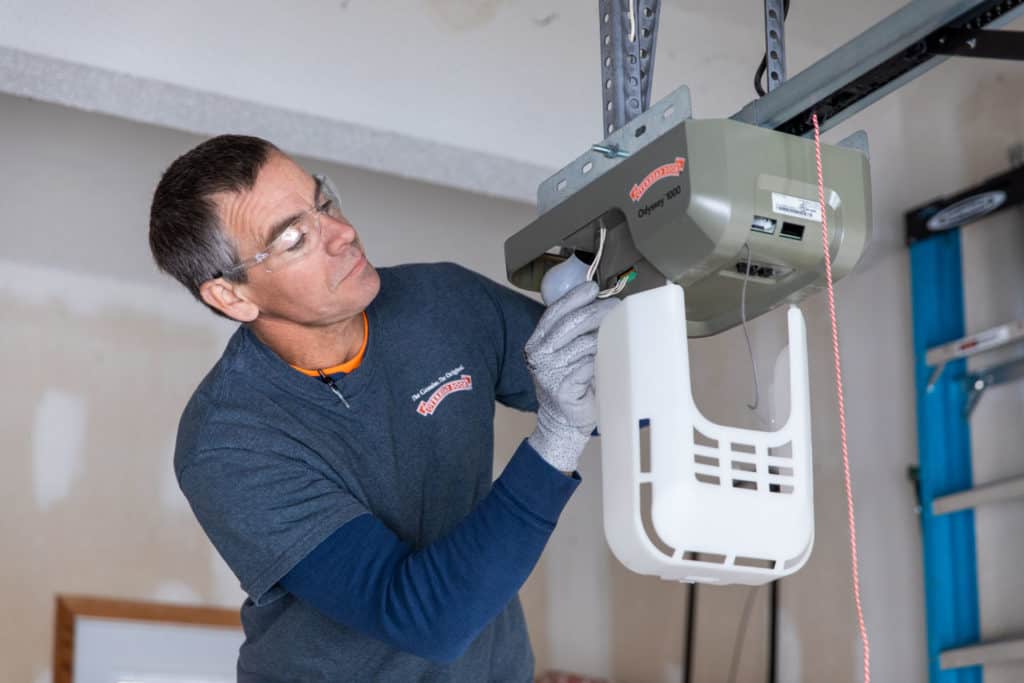06.24.2024
Four Common Garage Door Issues

Home maintenance is a never-ending battle. We put together this checklist of four common garage door issues with ways to recognize and remedy them. In some cases, it is recommended to call a trained professional to handle a garage door repair.
- Garage Door Won't Open or Close
Recognition:
- The garage door doesn't respond to the remote or wall switch.
- The door gets stuck halfway or won't move at all.
Possible Causes:
- Disrupted power supply.
- Malfunctioning remote control.
- Broken torsion or extension springs.
- Misaligned sensors.
Repair Steps:
Check the Power Supply: Ensure the garage door opener is plugged in. Check the circuit breaker or fuse box for any tripped breakers or blown fuses.
Inspect the Remote Control: Replace the batteries in the remote. Reprogram the remote according to the manufacturer's instructions.
Examine the Springs: Visually inspect the springs for any signs of damage or wear. If a spring is broken, do not attempt to replace it yourself. Call us to send out a trained technician.
Align the Sensors: Check the sensors located near the bottom of the garage door tracks. Clean the sensors to remove any debris or dirt. Ensure the sensors are aligned properly (both should be facing each other with their indicator lights on).
- Garage Door Makes Loud Noises
Recognition:
- The garage door makes grinding, squeaking, or rattling noises during operation.
Possible Causes:
- Worn-out rollers or hinges.
- Loose hardware.
- Lack of lubrication.
Repair Steps:
Inspect Rollers and Hinges: Check for signs of wear or damage. Replace any worn-out rollers or hinges.
Tighten Hardware: Use a wrench to tighten any loose bolts and screws on the door and track system.
Lubricate Moving Parts: Apply a garage door lubricant to the rollers, hinges, tracks, and springs. Avoid using WD-40, as it is not suitable for this purpose.
- Garage Door Reverses Before Closing
Recognition:
- The garage door starts to close but then reverses and opens again.
Possible Causes:
- Obstructions in the door's path.
- Misaligned or dirty sensors.
- Adjusted limit settings.
Repair Steps:
Check for Obstructions: Inspect the area around the door and remove any objects or debris that may be in the way.
Clean and Align Sensors: Clean the photo-eye sensors with a soft cloth. Ensure the sensors are properly aligned and facing each other.
Adjust Limit Settings: If your opener has manual setting, consult the owner's manual for instructions on adjusting the travel and force limits on the garage door opener. We recommend you avoid safety concerns and schedule a professional technician for this one.
- Garage Door Moves Unevenly or Shakes
Recognition:
- The garage door jerks or shakes while opening or closing.
- One side of the door seems to be higher than the other.
Possible Causes:
- Damaged or worn-out rollers.
- Bent or misaligned tracks.
- Broken cables.
Repair Steps:
Inspect Rollers: Check for wear or damage on the rollers. Replace any damaged or worn rollers.
Check the Tracks: Inspect the tracks for any bends or misalignment. Use a level to ensure the tracks are properly aligned.
Examine the Cables: Inspect the lifting cables for any signs of fraying or breakage. If a cable is broken or damaged, contact a professional for replacement.
General Maintenance Tips:
Regular Inspections: Periodically inspect all components of the garage door system for signs of wear or damage.
Routine Lubrication: Use a garage door lubricant on all moving parts at least twice a year to ensure smooth operation. Avoid using WD-40, as it is not suitable for this purpose.
Professional Servicing: Schedule annual maintenance with a professional technician to catch and fix potential issues early. Schedule maintenance here


